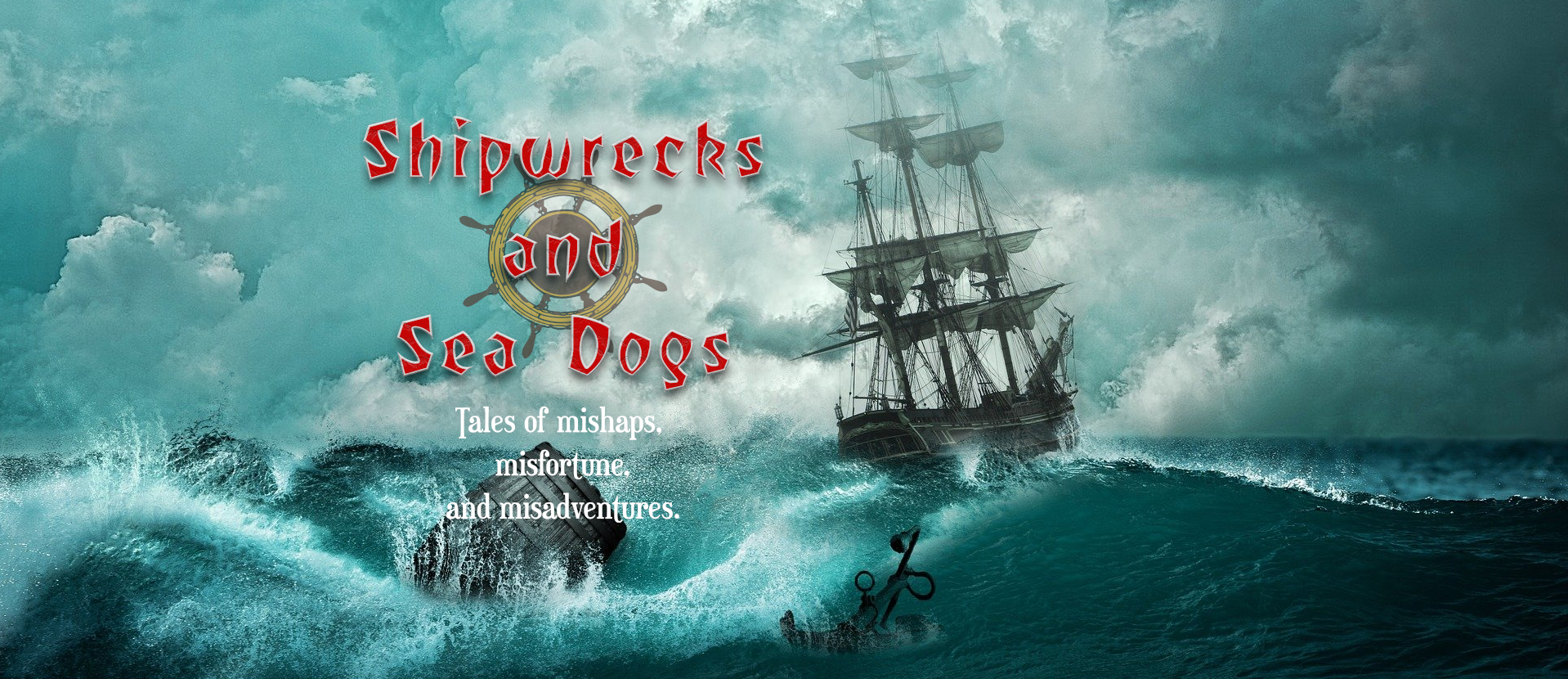On October 3rd, 2013, a ship carrying more than 500 migrants sank near Lampedusa, Italy, a small island located between Libya and Sicily. The people on board were seeking asylum in Italy, and were largely from Eritrea, Somalia, Ethiopia, and Ghana. After leaving the port of Misrata, Libya, the boat encountered engine trouble and caught fire, which ignited the gasoline, causing the vessel to burst into flames. Some aboard threw themselves in the water to save themselves, while other huddled together in fear.
The Italian Coast Guard responded and were able to rescue 155 survivors and recover most of the dead. More than 500 were on board the boat, which had a capacity of only 35. In total, 368 people were confirmed dead.
Another migrant ship sank just days later on October 11 near Lampedusa, but within the rescue zone of Malta. The boat was carrying refugees from Syria, with 34 confirmed dead. Many more migrant ships have used this same or similar routes across the Mediterranean to this day, resulting in even more tragedies.
These incidents have spurred some controversy about the process for seeking asylum in countries within the European Union. Asylum seekers must first make it to a country in the EU before applying for asylum. With no other means available, some inevitably resort to crossing the Mediterranean in crowded, unseaworthy vessels.


